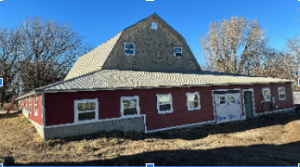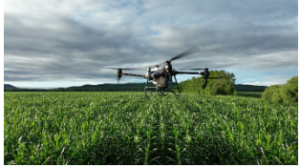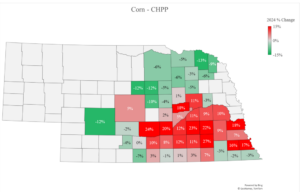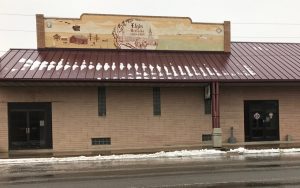THE GOAL OF ALL CENTER PIVOT IRRIGATION SYSTEMS IS TO DELIVER IRRIGATION WATER IN UNIFORM MANNER BASED UPON THE MANAGEMENT SCHEME OF THE OPERATOR.
If the initial field reconnaissance has taken place correctly, the field elevation change, the flow rate, the pump outlet pressure and pumping water level all combine to match up with sprinkler requirements. Life is good.
But what should be done with systems that have been in the field for several years. A while back, I went looking for some center pivots that were not functioning properly. I found that it was much easier to find center pivots with problems than I thought it would be. I not only found systems with sprinklers missing, I also found systems where tower boots were spewing water down toward the wheel track. The extra water coming out of the sprinkler coupler or the leaky boot is more than is necessary. Secondly, the pressure delivered to every other sprinkler on the system is less than on the sprinkler design chart and can affect a large area of the field. Sprinkler cost is generally less than $40, and replacing a boot is not a bank breaker either.
Another scenario involves placing a sprinkler, any sprinkler in a location to eliminate a geyser. Most times the intent is to replace the sprinkler with the correct one. But a week or two goes by and now a new sprinkler is needed, but where is the old one and which one of the sprinklers needs to be replaced. One field I visited on my photo collection tour actually had 3 different types of sprinklers installed on the pivot. The issue is that the replacement sprinkler may not have the appropriate distribution pattern nor the correct flow rate. One sprinkler can cause problems for a number of acres. Again, $40 will buy a replacement the fits the system.
A third problem is that the current flow rate and pressure does not match the design of the sprinkler package. Consider a situation where the original design of the sprinkler package called for 750 gallons per minute (gpm) at 40 pounds per square inch (psi) at the pump outlet. Now change the situation so that the pump outlet pressure is only 30 psi. The flow rate drops and the part of the system most impacted is at the distal end and a large number of acres. So the field productivity suffers every year the center pivot is operated at the reduced flow rate and pressure. Installing, maintaining and monitoring the pressure supplied to the center pivot using a $60 pressure gauge will help identify when this sort of problem is developing.
The fourth problem is where sprinklers have exceeded their expected lifetime and just cease to function properly. For example, when sprinklers like rotators begin having issues, two things normally happen: 1) the fluid in the sprinkler leaks out and the deflection pad begins to rotate at a much faster rate; and 2) the sprinkler seizes up and stops rotating all together. The water distribution uniformity delivered by the sprinkler that seizes up is much lower than it should be because the deflection pad is no longer rotating. Remember that sprinklers are designed for an expected lifetime of about 12-13,000 hours of operation. So if your sprinklers have been on your system for 15 years, there is a good chance that some of these problems have already started. Sprinklers with these problems are easy to spot from the edge of the field and are obvious if one walks the system regularly.
The fifth problem emerged when corn hybrids began growing to a final height of 12 feet or more. Tall corn means that low pressure spray sprinklers installed on drop tubes will be operating in the corn canopy for much of the irrigation season. Corn leaves intercept the water pattern that negatively affects application uniformity. Narrowing the sprinkler spacing is necessary in these situations. If the system applies fertilizer, the system applies water and fertilizer non uniformly. Work conducted in Nebraska and Kansas suggests that the maximum spacing between sprinklers operating in the corn canopy should be less than 7.5 feet.
The final problem is when sprinklers are installed on the center pivot in the incorrect positions. And yes it still happens. This problem may be eliminated by comparing the sprinkler package design chart with the sprinklers that are installed on the pivot. Unless one avails themselves of some of the sprinkler replacement issues described earlier in this article, verifying the sprinkler package should only need to happen once in the lifetime of the sprinkler package. The printout gives coupler number, sprinkler nozzle size, and distance from the pivot point. Often the printouts are placed in the pivot control panels. If not, contact the business who installed the sprinkler package and request a copy of the printout.
by Bill Kranz





